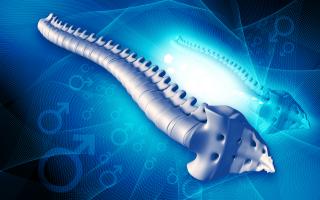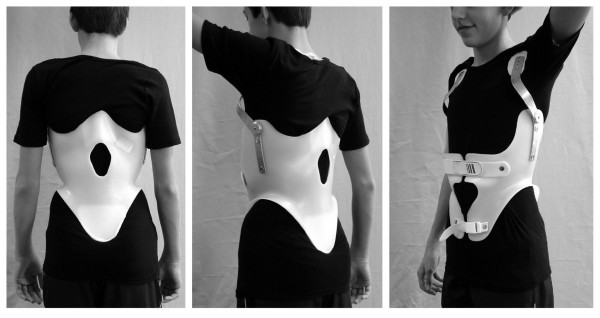As many of our readers know, the Scoliosis Research Society, the American Academy of Orthopaedic Surgeons, and over 23 states suggest or require school screening for abnormal spinal curvatures. In September of 1992, Dr. William P. Bunnell, Professor and Chairperson, Loma Linda University Medical Center, presented his paper, “Outcome of Spinal Screening” to members of the Scoliosis Research Society; his findings will also be published in an upcoming issue of Spine. Dr. Bunnell is a developer of the Scoliometer, a hand-held device used in assisting spinal screening programs across the country. What follows are excerpts from an interview that the NSF conducted with Dr. Bunnell about his study:










